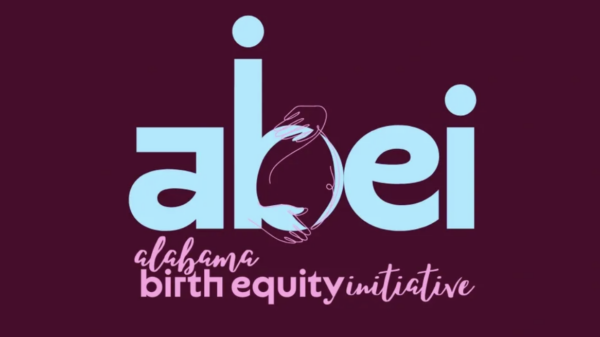Recent data analyzed by the Public Affairs Research Council of Alabama shows that some Alabama school systems with high levels of economic disadvantage recorded strong third-grade reading results this year.
Wilcox County, where over 90 percent of students qualify for free or reduced-price lunch, had 96 percent of third graders score at or above the state’s reading benchmark this past spring. After summer literacy camps concluded, every student who tested met the standard.
Wilcox County recorded the second-highest third-grade reading proficiency rate in the state, trailing only Mountain Brook. The district also outperformed many larger, more affluent systems.
Other districts with high poverty rates also recorded improved results. Lowndes County reported that 90 percent of third graders reached the proficiency benchmark, representing a 7.6 percentage point increase compared to last year.
Bullock County saw a 7.5 point gain, with 85 percent of students meeting the benchmark. Selma City Schools achieved a 90 percent proficiency, a 5.8 point increase from last year.
The number of Alabama third graders falling below the state’s reading benchmark dropped from 17 percent in 2023 to 9 percent in 2024. The change reduced the number of students at risk of being retained under the Alabama Literacy Act, which requires third graders to demonstrate reading proficiency before promotion.
The Alabama Literacy Act passed in 2019 and expanded support for early reading instruction. Annual funding for the Alabama Reading Initiative has more than doubled, providing reading coaches in every K–3 school and professional training for teachers in literacy instruction.
National test results show similar momentum. On the 2024 National Assessment of Educational Progress, Alabama was one of only two states where fourth-grade reading scores surpassed pre-pandemic levels. The state has moved from 49th in reading five years ago to 34th today.
Some districts have also implemented additional early childhood initiatives, such as universal pre-K and summer learning programs, which have been linked to stronger literacy outcomes.
Smaller, rural systems with fewer schools have, in some cases, posted higher rates of proficiency than larger urban systems. Districts such as Bessemer and Montgomery continue to report larger numbers of students below the benchmark.
Reading proficiency in Montgomery County declined from 82 percent to 76 percent, and Bessemer City Schools declined sharply, down 17 points from 85 percent to 68 percent.
The data indicates that multiple high-poverty districts across Alabama are achieving strong third-grade reading outcomes. A number of high-poverty districts are now matching or exceeding statewide averages, and the results suggest that recent investments in literacy are having impacts across a range of school systems.





















































